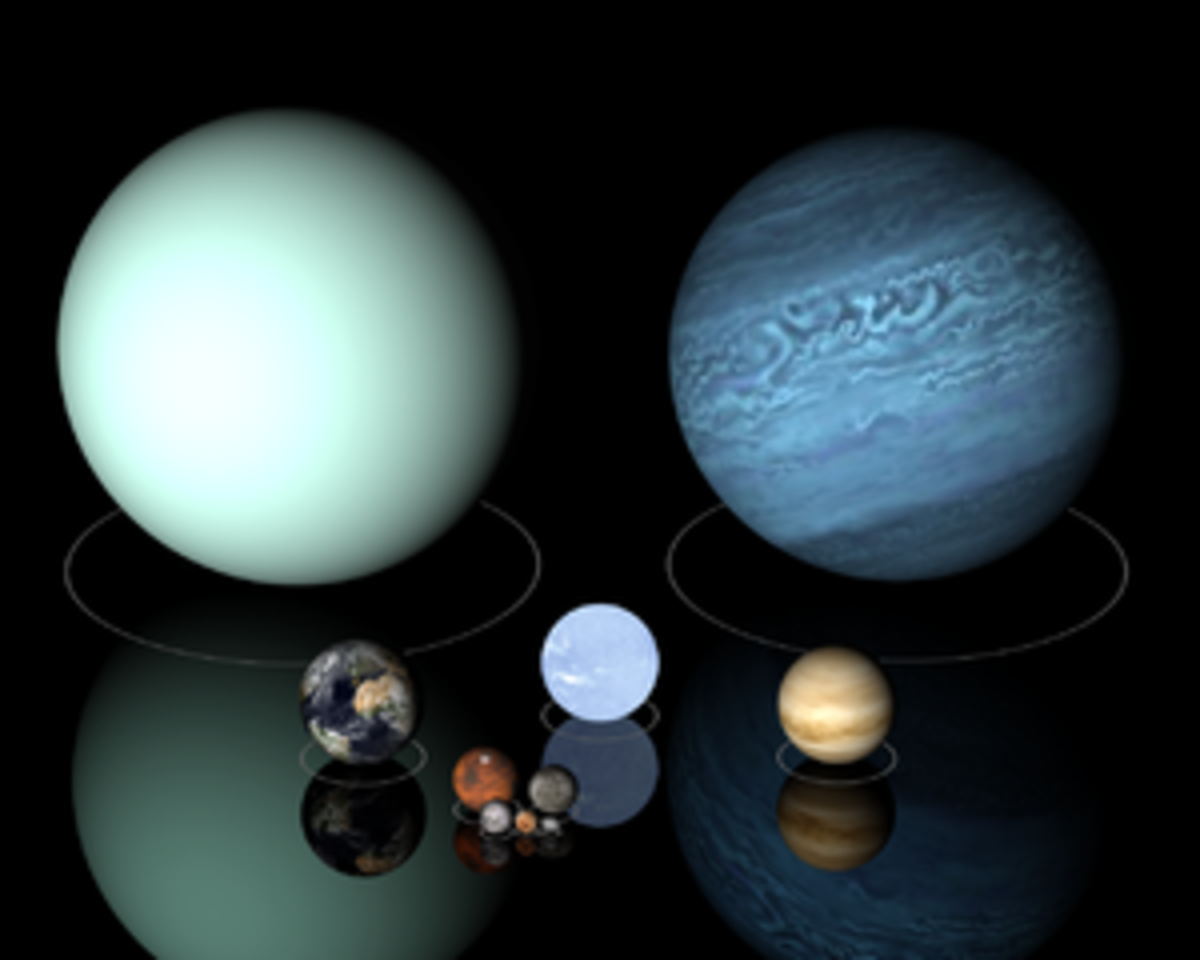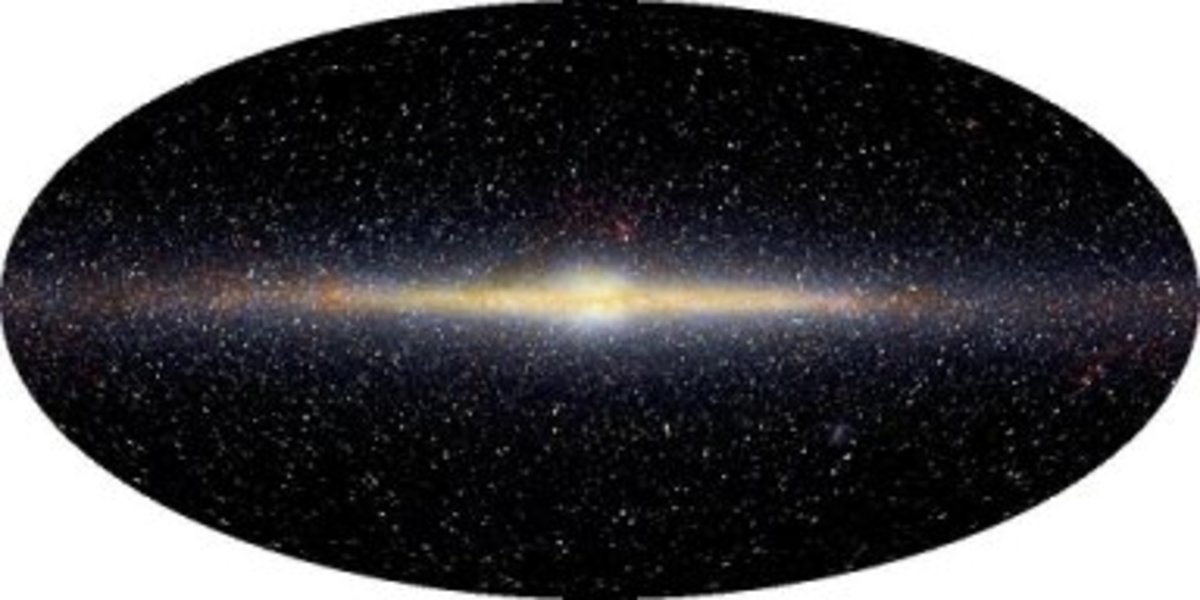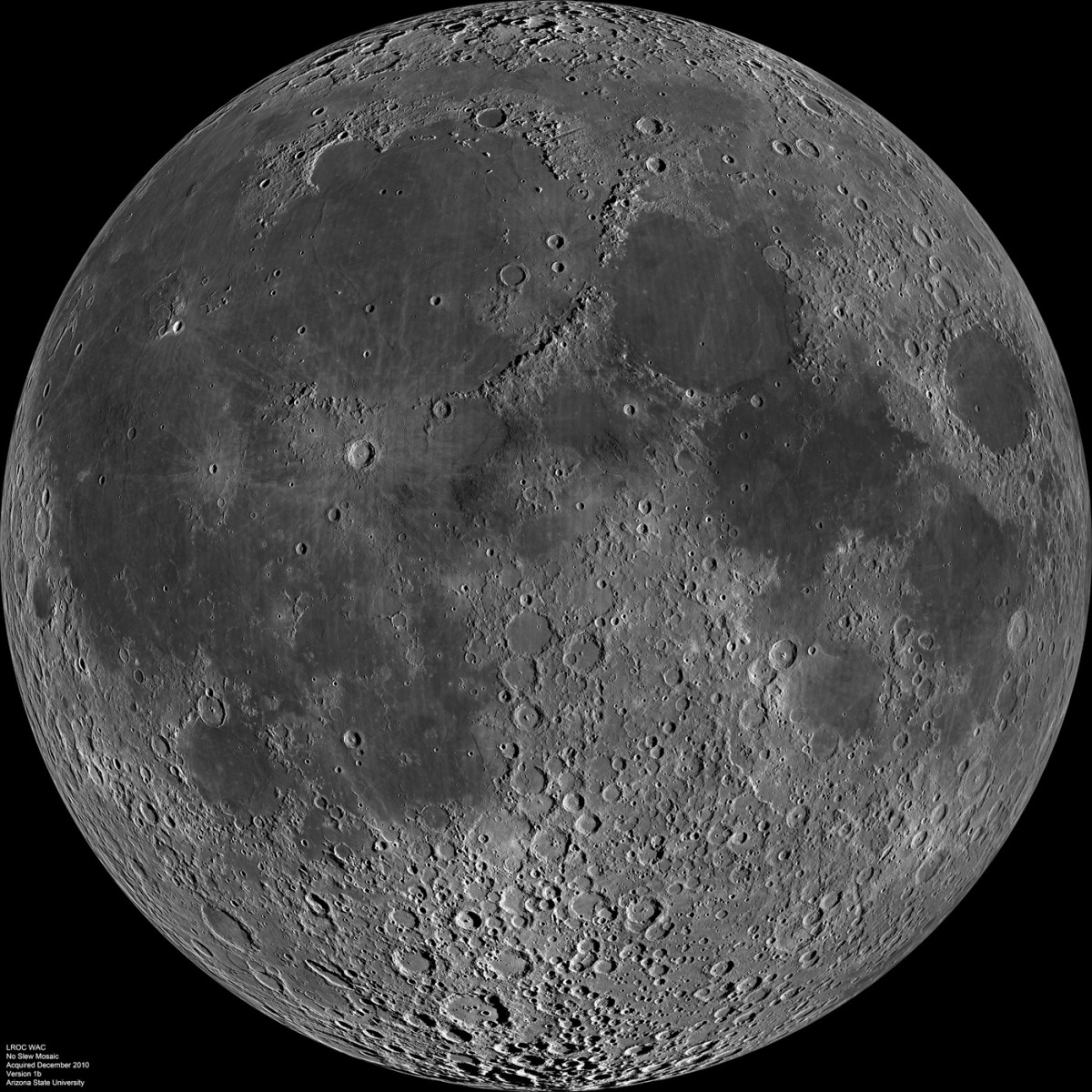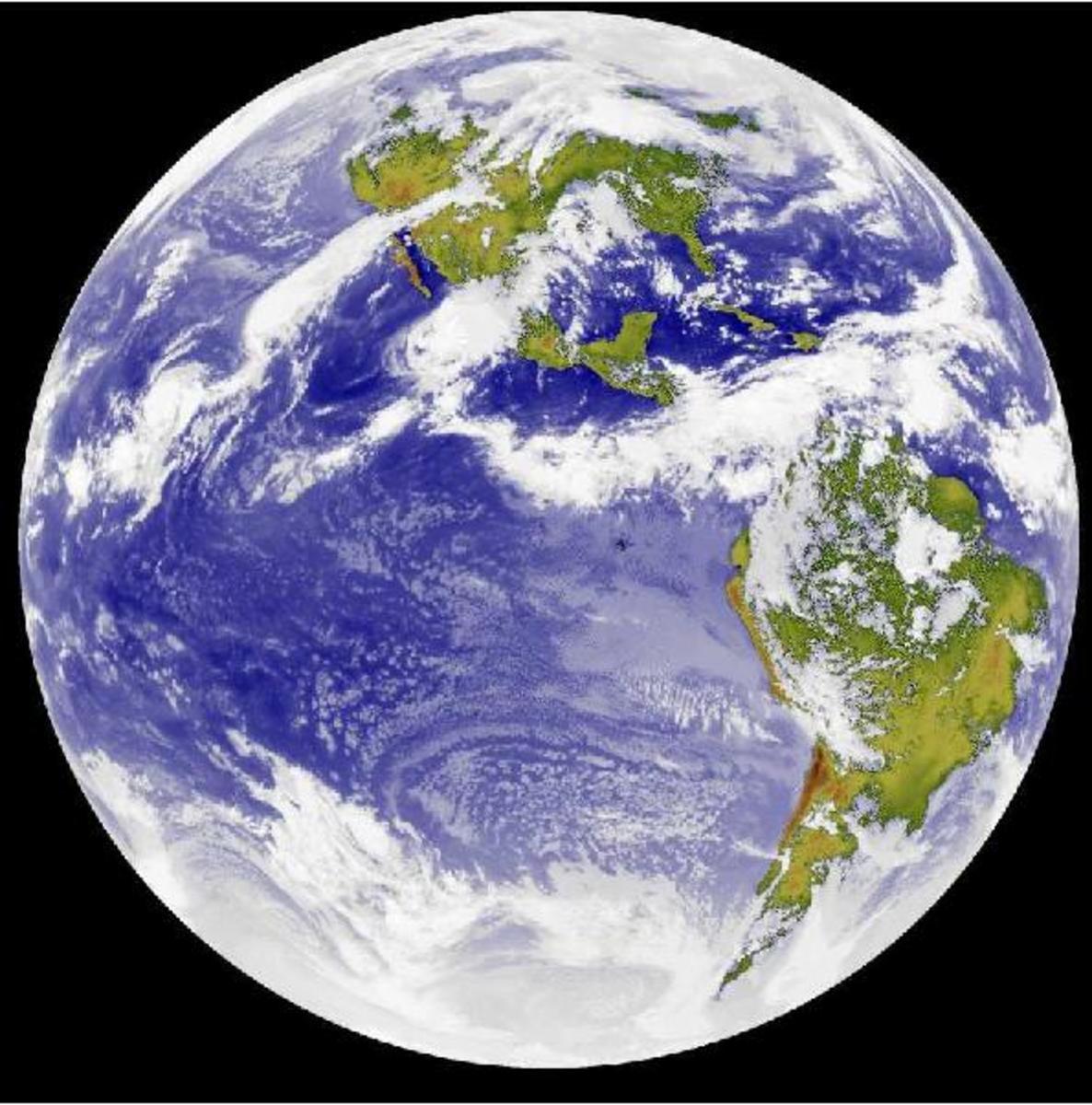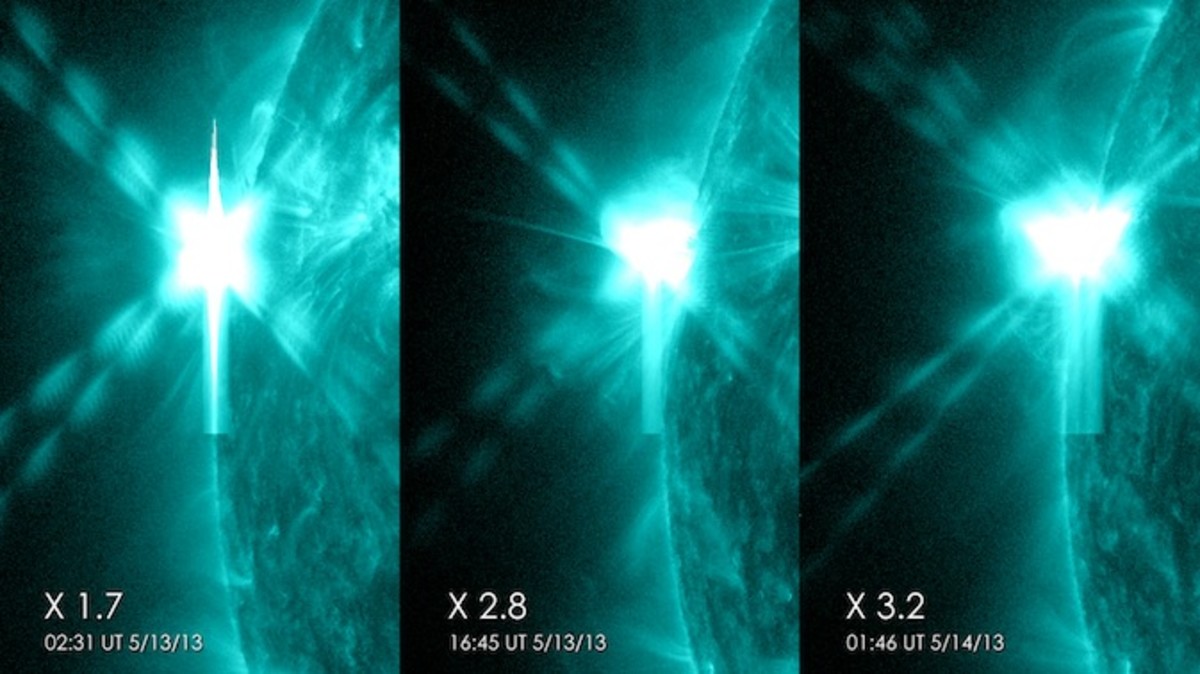The Cosmos and the Development of Life
Foreward
What I present here is the "accepted" theories about the formation of the solar system and Earth, by way of the scientific community. It is not my intention to disregard or diminish in any way the other theories on the subject, including the Creator theory. As always, I'm happy to discuss those theories further in the comment section, or perhaps in another hub entirely.
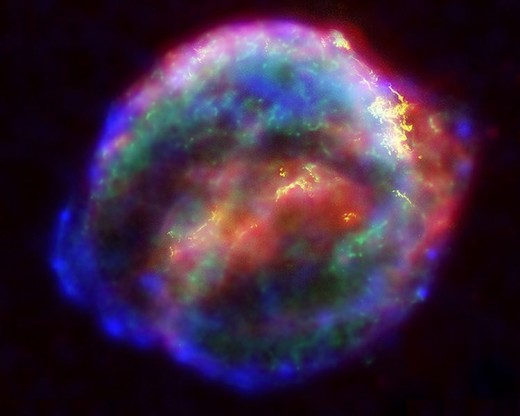
Exothermic vs. Endothermic Reactions in Stars
As elements are fused in stars, they logically increase in mass. This increase makes the continued fusion process more and more energy-consumptive, and this energy is what prevents the collapse that causes a supernova. These earlier reactions are considered exothermic, because more energy is created than is used in the reaction. Once the Iron-56 is formed, the energy cost of fusing the particles is greater than the energy produced in the reaction. These are endothermic reactions, because they absorb heat rather than produce it.
Supernova: We are stardust
You health nuts out there, name a few of the nutrients in foods and supplements that we need to live. I'll wait.
Iron is the big one, and not just for nutritional purposes. All of the iron in the Earth, whether it's in your multivitamin or your frying pan, was created in the heart of a star. A good chunk of the periodic table owes it's existence to the nuclear fusion that powers the sun and it's brethren across the universe, in fact.
Starting with hydrogen, a star is powered by fusing atoms together. When the two particles are fused, the result is the creation of helium and a bit of lost matter in the form of energy, which powers the star. When the hydrogen supply runs short, the helium is then fused with hydrogen or other helium to form lithium and beryllium. The beryllium atoms in turn can be used as part of the triple-alpha process to form carbon. This is a good time to remember that we are carbon-based lifeforms, by the way.
This process continues, fusing heavier and heavier elements and allowing the star to continue to burn. However, the moment iron is formed, the star is in it's death throes. Iron is the last element which produces a positive return of energy when fused, so every subsequent reaction causes the star to lose energy, and as the fuel is gradually converted to a non-fusible element the resultant energy production is reduced until the core begins to collapse, creating conditions that allow for carbon fusion, leading to the production of iron. The end result of this process is a star which can no longer produce enough energy to maintain equilibrium with it's own gravitational force, the outer layers of the star collapse. When this shell reaches the core, a shockwave results and sufficient temperatures and pressures are reached to create even heavier elements in the subsequent explosion.
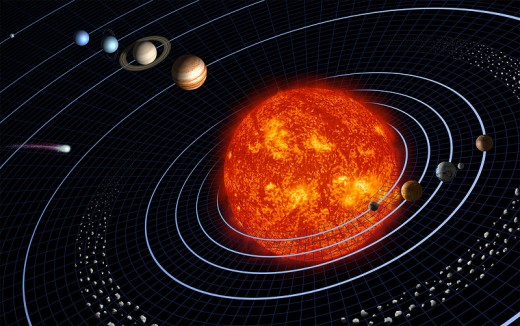
What Happened to Mars?
Formation of the Solar System
Our little solar system is estimated to be about 4.6 billion years old, born when matter in a large molecular cloud collapsed under the force of gravity. Most of that matter coalesced in the the center to form our sun, and the remainder began to swirl around and flatten into a proto-planetary disc. Within this disc, planets, moons, asteroids, and most of what resides in the borders of the system formed by accretion, which is to say that they began as dust and, through collision, gradually into larger and larger objects. As these objects orbited the newly-created sun, they continued to collide and rebound, gradually forming larger planetary bodies and their satellites.
The temperatures in the inner solar system were too high for low melting-point molecules to condense, so the only available elements for the formation of the inner planets were silicates and metals. These terrestrial planets, since they were composed of rarer elements, could not grow to the sizes we see in the gas giants beyond Mars which are made up of lighter and more common elements.
Gradually, the remnants of the molecular dust that filled the solar system was collected by the forming bodies or blown away by the solar wind, forming the outermost planets and bodies that orbit our star and casting the remainder into interstellar space.
Composition of the Earth's Crust
Element
| Percentage
|
|---|---|
Oxygen
| 47%
|
Silicon
| 27%
|
Aluminum
| 8%
|
Iron
| 5%
|
Calcium
| 4%
|
Other elements exist in the crust in smaller quantities. Heavier elements like iron and nickel sink into the mantle and core.
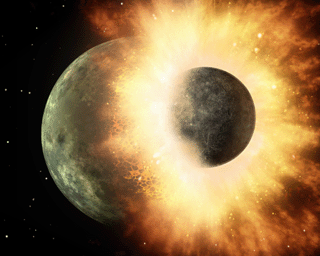
How the Moon Formed: The Theia Collision
The current leading hypothesis on the formation of our moon is that sometime about 4.5 billion years ago a large object collided with Earth. During the period a large number of planetary bodies would have formed, which would have included not only the planets we know today but many more. One such body has been named Theia, after the Greek Titan and mother of the Moon Goddess Selene.
Though it is theorized that such collisions happened frequently in the early history of Earth, this one is special in it's conditions. Theia is thought to have been roughly the size of Mars, about 1/3 the size of Earth, and to have struck the infant planet off-center. The result was that most of Theia was absorbed by the larger Earth, but the remnants of the collision scattered into orbit and accreted into what we know today as the Moon.
This collision may also be responsible for the tilt in the Earths axis. This tilt results in seasons, which are considered to be one of the many essential ingredients for life. Additional effects of having our Moon are tidal pull and orbital stability, both of which are critical in the formation of life as we know it today.
A Quick Quiz
view quiz statisticsThe Late Heavy Bombardment
During this period, it is thought that a large number of objects were drawn in from the asteroid belts by orbital shift in the gas giants, hurling these bodies into the inner solar system causing a massive number of collisions that would have brought additional and more varied materials to the earth. This theory is evidenced by a large number of dated impact craters on the other terrestrial planets and remnants of such on Earth.
It is interesting to note that the beginnings of life on Earth are dated to just after the end of this period, roughly 3.8 billion years ago. This fact has lead to a controversial theory that life on Earth was carried here from space, though this hypothesis is not widely accepted in the scientific community.
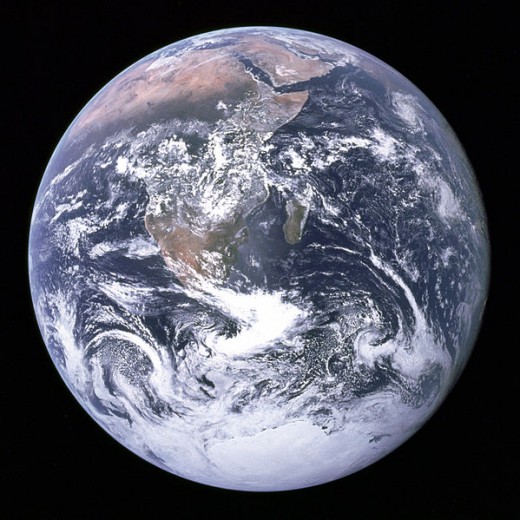
Author's Note:
The series of events that lead to the world we live in is full of pure luck. Were it not for these examples and scores of others, life would not exist as we know it, and I think it's worth taking a moment to acknowledge the amazingly unlikely confluence of coincidences that resulted in the existence of life that is capable of contemplating it's own nature.
However far we advance as a society and seek to master our environment, we are a product of luck on an inconceivable scale, and that, I believe, is something we should all be grateful for.
I hope you enjoyed reading, and as always feel free to track me down on Facebook, or visit my home page for more information on the many, many things that made the world what it is today.

